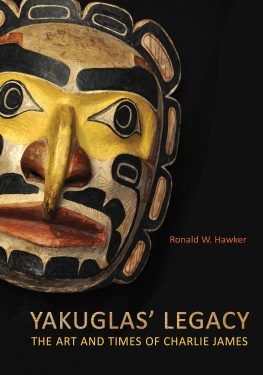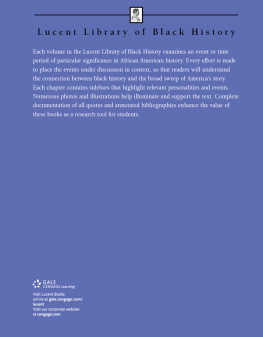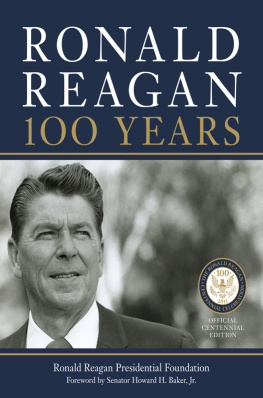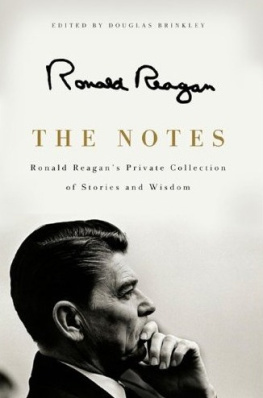Ronald W. Hawker - Yakuglas Legacy
Here you can read online Ronald W. Hawker - Yakuglas Legacy full text of the book (entire story) in english for free. Download pdf and epub, get meaning, cover and reviews about this ebook. publisher: University of Toronto Press, genre: Home and family. Description of the work, (preface) as well as reviews are available. Best literature library LitArk.com created for fans of good reading and offers a wide selection of genres:
Romance novel
Science fiction
Adventure
Detective
Science
History
Home and family
Prose
Art
Politics
Computer
Non-fiction
Religion
Business
Children
Humor
Choose a favorite category and find really read worthwhile books. Enjoy immersion in the world of imagination, feel the emotions of the characters or learn something new for yourself, make an fascinating discovery.
- Book:Yakuglas Legacy
- Author:
- Publisher:University of Toronto Press
- Genre:
- Rating:4 / 5
- Favourites:Add to favourites
- Your mark:
- 80
- 1
- 2
- 3
- 4
- 5
Yakuglas Legacy: summary, description and annotation
We offer to read an annotation, description, summary or preface (depends on what the author of the book "Yakuglas Legacy" wrote himself). If you haven't found the necessary information about the book — write in the comments, we will try to find it.
Yakuglas Legacy — read online for free the complete book (whole text) full work
Below is the text of the book, divided by pages. System saving the place of the last page read, allows you to conveniently read the book "Yakuglas Legacy" online for free, without having to search again every time where you left off. Put a bookmark, and you can go to the page where you finished reading at any time.
Font size:
Interval:
Bookmark:
Charlie James (18671937) was a widely known and prolific carver and painter from the Kwakwakawakw First Nation of British Columbia. Also known by his ceremonial name, Yakuglas, he created a vast legacy as an artist, teacher, and activist.
During the early part of his career, James primarily carved totem poles, masks, and other items for use in potlatches and other ceremonial practices within Kwakwakawakw society. Despite government oppression of the main source of his commissions potlatches were officially banned in 1884 James continued to produce his art and promote the culture of his people. In the 1920s, as he branched out into creating more miniatures and paintings, his art found a broader audience, with his reputation growing among non-Native Canadians. Through a close study of James artistic production in its historic context, Ronald W. Hawker argues that James shift to contemporary art forms allowed him to make a political statement about the resilience and vitality of Kwakwakawakw culture.
One of the most important and curiously understudied of the late-nineteenth/early-twentieth-century artists, James was a key player in the popularization of Northwest Coast art outside the walls of the ceremonial longhouses. Lavishly illustrated and engagingly written, Yakuglas Legacy is a long-awaited tribute to James and his contribution as an artist.
RONALD W. HAWKER was formerly Associate Chair of the School of Critical and Creative Studies at the Alberta College of Art and Design and an associate professor in the Department of Art and Design at Zayed University. He now lives in Prince Edward Island.
University of Toronto Press 2016
Toronto Buffalo London
www.utppublishing.com
Printed in Canada
ISBN 978-1-4426-4940-8 (cloth) ISBN 978-1-4426-2675-1 (paper)
 Printed on acid-free paper.
Printed on acid-free paper.
Library and Archives Canada Cataloguing in Publication
Hawker, Ronald William, 1963, author Yakuglas legacy : the art and times of Charlie James/Ronald W. Hawker.
Includes bibliographical references and index. ISBN 978-1-4426-4940-8 (cloth). ISBN 978-1-4426-2675-1 (paper)
1. James, Charlie, 18671937. 2. Painters British Columbia Biography. 3. Carvers (Decorative artists) British Columbia Biography. 4. Kwakiutl Indians British Columbia Biography. 5. Kwakiutl art British Columbia. I. James, Charlie, 18671937. Works. Selections. II. Title.
N6549.J34H39 2016 709.2 C2016-903913-7
This book has been published with the help of a grant from the Federation for the Humanities and Social Sciences, through the Awards to Scholarly Publications Program, using funds provided by the Social Sciences and Humanities Research Council of Canada.
University of Toronto Press acknowledges the financial assistance to its publishing program of the Canada Council for the Arts and the Ontario Arts Council, an agency of the Government of Ontario.

 Figures
Figures CONTENTS
CONTENTS
THE ART AND TIMES OF CHARLIE JAMES
Ronald W. Hawker
UNIVERSITY OF TORONTO PRESS
Toronto Buffalo London
 INTRODUCTION
INTRODUCTIONCharlie James (18671938) (Figure 0.1) was the most prolific and widely known totem pole carver of his generation. Also known by his ceremonial name, Yakuglas, he was a member of the Kwakwakawakw, or speakers of the Kwakwala language, on the central coast of British Columbia in western Canada. Kwakwakawakw art is famous for its extraordinary masked and costumed rituals, dramatic and imposing painted house fronts, and monumental totem poles all of which climaxed in form and quantity during James lifetime.
James himself was a popular artist within the ritual life of the Kwakwakawakw. The potlatch, a generic term used to describe a diverse set of ceremonial practices incorporating ritual performances and the distribution and exchange of goods, provided the main reason for art in Kwakwakawakw society during James lifetime. Between 1890 and 1922, James carved masks for the various dances of the potlatch ceremonies, as well as totem poles that celebrated the transfer of names, positions, and goods through marriage or death. He also produced props for use in the ceremonial re-enactment of ancestral stories and painted images representing the various characters and beings of Kwakwakawakw mythology.
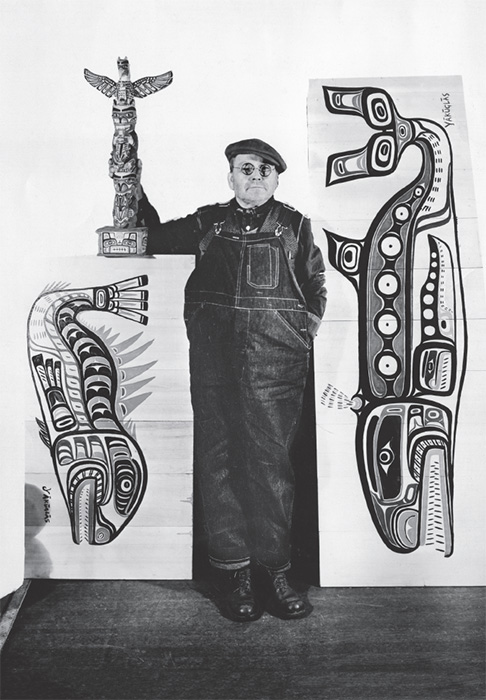
Figure 0.1 : Charlie James proudly displays objects he created for Bill Webber in Vancouver around 1928. (Courtesy of the Vancouver Museum)
In 1884, the Canadian government officially banned the potlatch. In 1922, twenty-two participants in a potlatch held in the Kwakwakawakw village of Memkoolish (Mimkwamlis) on Village Island were imprisoned. This marked a watershed in James artistic career, as it did in the cultural history of the Kwakwakawakw people as a whole. Despite government Instead, James represented Kwakwakawakw mythological figures in his miniatures with the same diligence and sense of purpose that he applied to more monumental works.
Furthermore, James was an important teacher. He taught in the craft program at the St Michaels Residential School at Alert Bay, where he had such notable students as Henry Speck, who was among the earliest Northwest Coast artists to experiment with serigraphy in the 1960s. In addition, James mentored the most influential generation of Kwakwakawakw artists, including his granddaughter Ellen Neel, who both attended classes at St Michaels and learned to carve at his kitchen table, and his stepson Mungo Martin, James partner in the production of ceremonial art early in the twentieth century and the first carver-in-residence at the British Columbia Provincial Museum in Victoria in the early 1950s. This position at the museum was dominated throughout the 1960s and 1970s by Martins own adopted son, Henry Hunt, thereby ensuring James artistic legacy well beyond his death.
It is curious that James has been understudied, for he was one of the most important of the late-nineteenth/early-twentieth-century artists. He was an important participant in Kwakwakawakw ritual life. At the same time, he did much to popularize Northwest Coast art outside the walls of the ceremonial longhouses. He was part of the first generation of artists known by name among Euro-Canadians; he was also a teacher and master who passed on his knowledge to his own children and relatives at the time of his cultures greatest vulnerability.
This book reviews James art and his contributions as an artist. I begin with the three factors that I believe shaped his art and what he intended to express: the structure of Kwakwakawakw society, the impact of the Indian Act, and his own life experiences. I then discuss James own personal style, relating it to the styles of other artists active at the same time, as a means of demonstrating his unique decisions as an individual. While I reference Kwakwala terms for the masks and mythological figures represented in James art, the discussion of form is based primarily on the vocabulary developed by the Euro-American scholars Franz Boas and Bill Holm.
Font size:
Interval:
Bookmark:
Similar books «Yakuglas Legacy»
Look at similar books to Yakuglas Legacy. We have selected literature similar in name and meaning in the hope of providing readers with more options to find new, interesting, not yet read works.
Discussion, reviews of the book Yakuglas Legacy and just readers' own opinions. Leave your comments, write what you think about the work, its meaning or the main characters. Specify what exactly you liked and what you didn't like, and why you think so.

